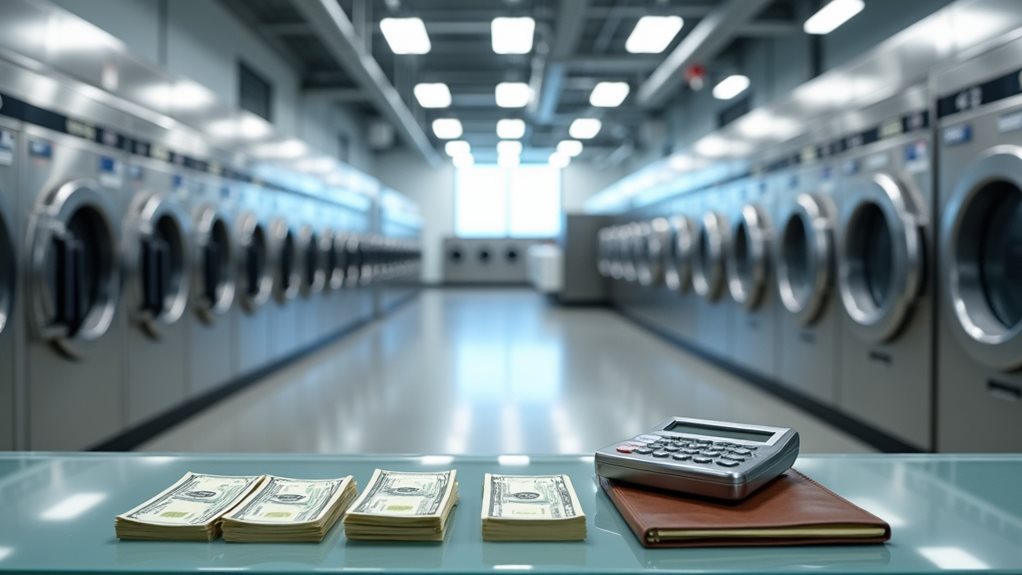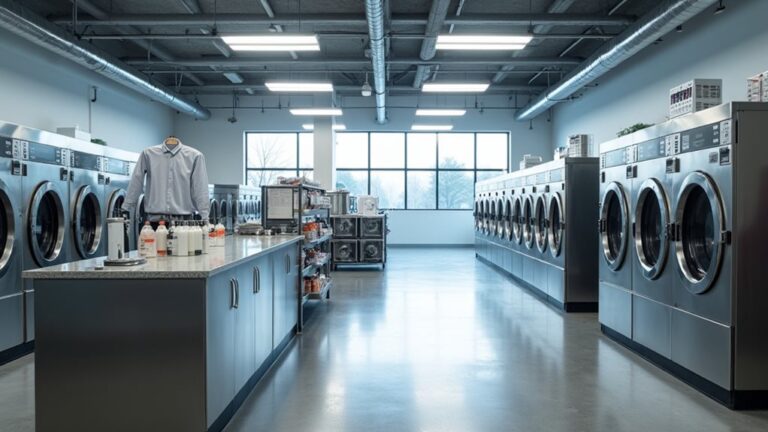You’ll need anywhere from $50,000 to $500,000 to start your dry cleaning business, depending on which path you choose. A delivery-only model keeps costs under $50,000, while a full storefront with commercial equipment can hit half a million. I’ve seen many entrepreneurs underestimate hidden expenses like permits ($5,000-$15,000), monthly rent ($2,500-$9,000), and that essential emergency fund covering 3-6 months of operations. There’s much more to take into account beyond these initial numbers.
Understanding Dry Cleaning Business Models and Their Cost Implications
When I first started researching dry cleaning businesses, I’ll admit I was pretty naive about how drastically different business models could impact your startup costs, and honestly, the range shocked me more than I expected.
The startup cost differences between dry cleaning business models absolutely blew my mind when I started digging into the numbers.
Traditional storefront dry cleaning businesses demand considerable initial investment between $200,000 to $500,000, which honestly made my wallet cry a little 😅.
However, you’ve got alternatives that won’t demolish your savings account. Drop locations greatly reduce those intimidating upfront costs, while a delivery service model can launch with less than $50,000 primarily for vehicle acquisition.
Your monthly commercial property costs will fluctuate between $2,500 to $9,000, crucial equipment ranges from $15,000 to $70,000, plus licensing and insurance costs add several thousand more to your operating expenses calculations.
Franchise opportunities may require additional franchise fees but often provide established business models and ongoing support to help reduce some startup risks.
Commercial Property and Location Expenses
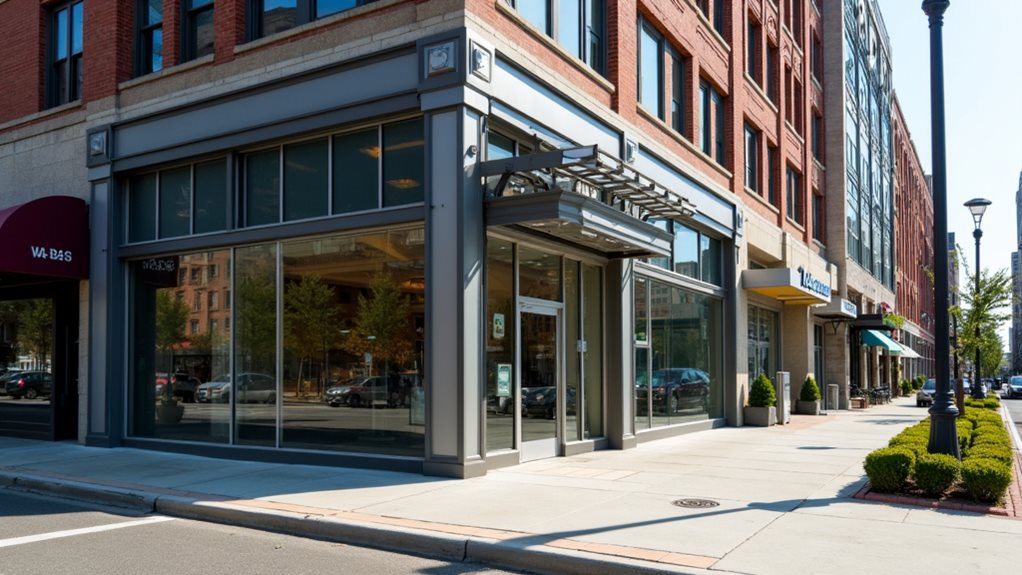
After diving deep into business models, you’ll quickly discover that your location choice represents one of your most substantial financial commitments.
Honestly, this is where I made some pretty costly mistakes during my initial research phase. Commercial property decisions will either make or break your budget, with rental costs ranging from $2,500 to $9,000 monthly depending on your chosen area.
If you’re purchasing property, expect $90,000 to $550,000 plus renovation costs around 10-15% of the purchase price.
Location expenses extend beyond rent though – property taxes, zoning regulations compliance, and parking availability all impact your bottom line.
When evaluating potential locations, ensure the property has proper zoning for dry cleaning operations, as this is a critical requirement that can prevent costly relocations later.
Focus on commercial districts with excellent visibility and access, because trust me, being tucked away where nobody can find you isn’t the mysterious charm you want!
Essential Equipment and Supply Investments
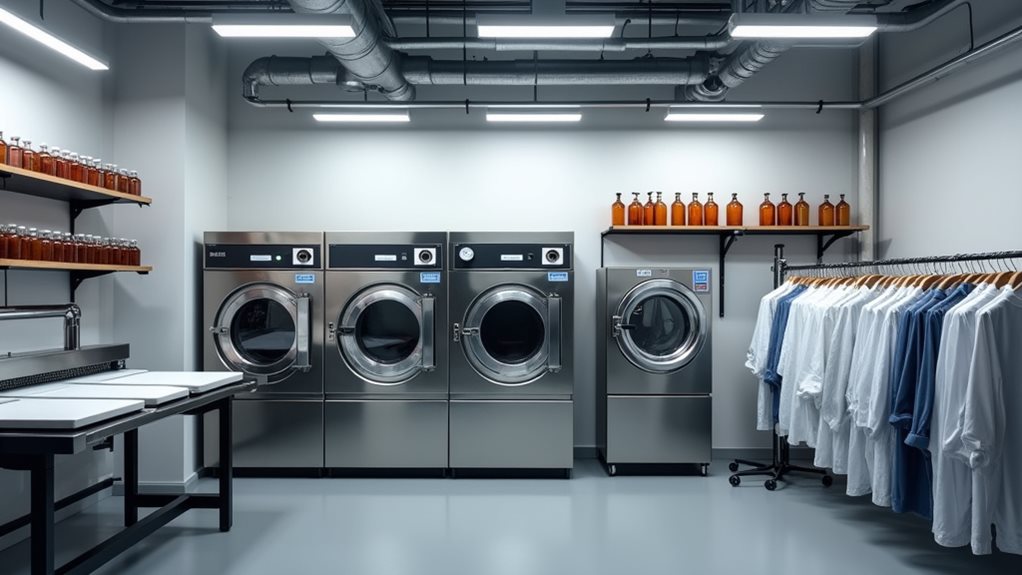
Since equipment represents your operational backbone, I learned the hard way that skimping on these investments creates headaches that’ll haunt you for years to come.
Your dry cleaning machines will consume the biggest chunk, ranging from $15,000 for basic models to $70,000+ for high-end equipment that’ll handle your busiest days without breaking down.
Don’t forget pressing equipment ($3,000-$8,000) and laundry machines ($2,000-$10,000) for those wash-and-fold customers who’ll become your bread and butter.
You’ll also need specialized equipment like boilers, spotting stations, and chemical systems to ensure proper cleaning and stain removal capabilities.
Initial inventory and supplies like cleaning agents, hangers, and garment covers add another $1,000-$2,000 to startup costs, but trust me—quality equipment isn’t just about service efficiency, it’s about your sanity and business reputation.
Licensing, Permits, and Legal Requirements

Although I thought getting the right equipment was the trickiest part of opening my dry cleaning business, steering through the maze of licenses, permits, and legal requirements turned out to be just as complex—and honestly, way more frustrating because nobody warns you about the paperwork avalanche that’s coming your way.
You’ll need business registration with the Secretary of State first, costing $50-$500 depending on your structure and location. Initial licensing fees for laundry operations range from $500-$2,000, plus environmental permits if you’re using specific chemicals ($100-$1,000).
Insurance requirements hit hardest though—general liability, workers’ comp, and vehicle coverage can cost thousands annually. The compliance inspections felt endless, but trust me, dotting every i saves headaches later. 📋
Based on the knowledge provided, total business licensing and permits typically fall within the $5,000-$15,000 range when all requirements are factored together.
Staffing and Payroll Considerations
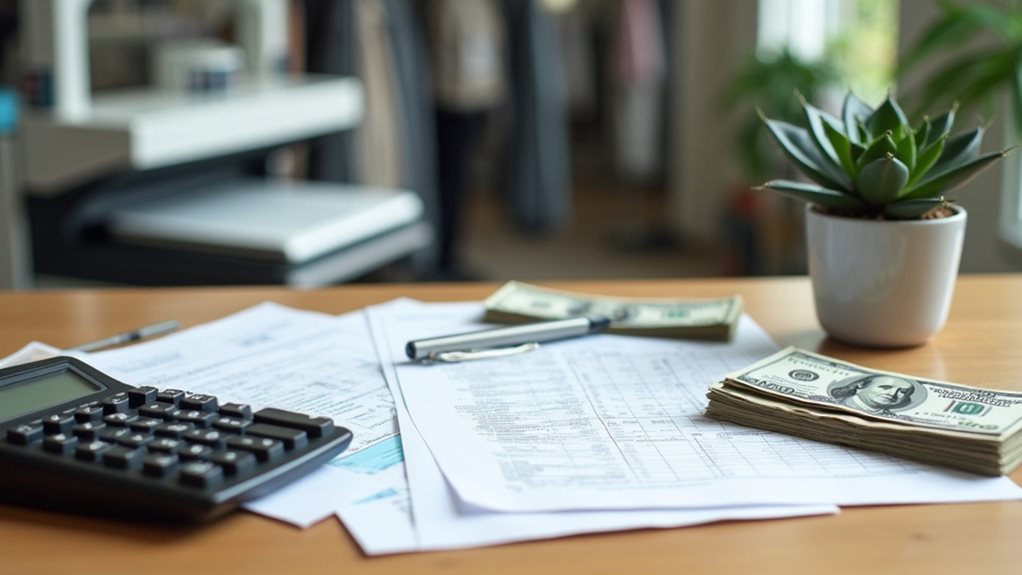
You’ll need to budget between $12,000 and $25,000 for your first month’s staffing costs, which honestly surprised me when I first crunched those numbers during my own business planning expedition.
Your core team should include skilled dry cleaners who know their way around delicate fabrics, friendly customer service reps who can handle the morning rush without breaking a sweat, and reliable garment handling assistants who’ll keep your workflow seamless.
Don’t forget that these aren’t just numbers on a spreadsheet—they’re real people whose paychecks need to align with local wage standards while still fitting into your overall financial goals. 💼
Labor costs represent a significant portion of your ongoing expenses and directly impact your ability to achieve the profit margins of 15-25% that successful dry cleaning businesses typically maintain.
Initial Staffing Budget Requirements
One of the biggest reality checks I faced when planning my first dry cleaning venture was discovering that staffing costs would eat up roughly $12,000 to $25,000 in just the first month alone, and honestly, I’d underestimated this expense by about 40% in my initial projections 😅.
Your initial staffing budget needs to account for skilled staff who actually know their way around delicate fabrics, customer service representatives who can handle those inevitable complaints about missing buttons, and garment handling assistants who won’t accidentally shrink someone’s favorite sweater.
The payroll costs for experienced staff will stretch your financial projections, but thorough training investments directly impact your service quality and operational efficiency from day one.
You’ll also need to budget for employees who are trained in chemical handling procedures, as dry cleaning operations involve hazardous materials that require proper safety protocols and waste disposal knowledge.
Essential Employee Roles
Breaking down those staffing costs, I learned the hard way that each role in your dry cleaning operation carries a specific price tag and skill requirement that can make or break your monthly budget.
Crucial employee roles demand careful consideration of both employee compensation and operational efficiency.
Your core team should include:
- Skilled dry cleaners – Your backbone professionals who handle complex cleaning techniques and equipment operations.
- Customer service representatives – The friendly faces managing transactions, scheduling, and client relationships.
- Garment handling assistants – Detail-oriented workers sorting, tagging, and organizing clothes throughout the process.
Your staffing budget needs to account for proper training on cleaning techniques, which honestly takes longer than you’d expect.
Building a positive workplace culture through recognition boosts employee motivation, and trust me, happy employees mean fewer costly mistakes and better customer retention rates.
Investing in comprehensive customer service training is essential since your staff will be handling client relationships that directly impact repeat business and referrals.
Financing Options for Your Dry Cleaning Venture
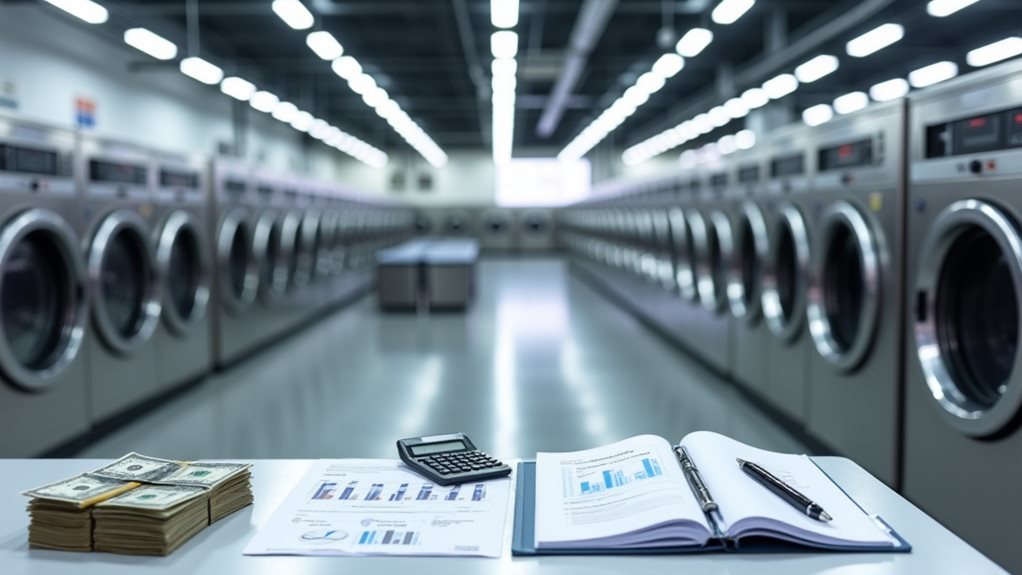
When my cousin Sarah decided to open her dry cleaning business three years ago, she quickly discovered that securing adequate funding would make or break her entrepreneurial dreams.
Honestly, the financing environment can feel overwhelming at first glance. You’ll likely start with personal savings as your primary funding source, though don’t drain your entire safety net (trust me on this one 😅).
Starting with personal savings makes sense, but keep some money aside for emergencies—you’ll thank yourself later.
Small business loans require detailed financial projections and thorough market analysis, but they’re worth pursuing for substantial investment costs.
Government grants offer valuable financial assistance specifically for dry cleaning ventures, while crowdfunding platforms let you showcase your vision to potential supporters.
Family investment can work beautifully, but establish clear agreements upfront to preserve those precious relationships.
Hidden Costs and Unexpected Expenses
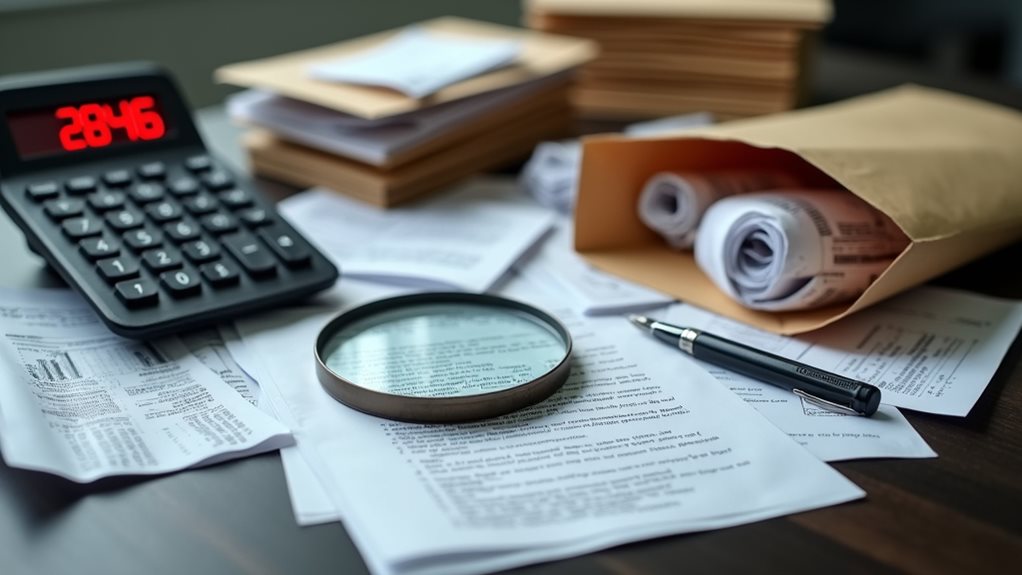
You’ll quickly discover that regulatory compliance fees can blindside your budget faster than a coffee stain on white silk, especially when environmental regulations require specialized waste disposal permits that weren’t mentioned in your initial research.
Emergency repair costs will test your financial cushion when your pressing machine decides to break down during your busiest week, leaving you scrambling to find repair technicians who understand the intricate mechanics of dry cleaning equipment.
I learned this lesson the hard way when my friend’s cleaning solvent recycling system failed unexpectedly, forcing her to shell out $3,000 for emergency repairs while losing two days of revenue – a double hit that nearly knocked her off course during her first year.
Beyond these immediate concerns, equipment costs continue to impact your bottom line throughout operations, as maintaining and replacing professional dry cleaning machinery represents one of the most significant ongoing expenses that can dramatically affect your profit margins.
Regulatory Compliance Fees
While most aspiring dry cleaning entrepreneurs budget for the obvious startup costs like equipment and rent, regulatory compliance fees often catch new business owners completely off guard.
This turns what seemed like a manageable investment into a financial curveball that can add thousands to your initial expenses.
These regulatory compliance fees stack up quickly across multiple categories:
- Business licenses and permits ($100-$1,000+ depending on location)
- Environmental permits ($200-$2,000+ for chemical handling requirements)
- Occupational licenses ($200-$500 for laundry/dry-cleaning specific permits)
You’ll also need safety equipment and training to meet OSHA regulations, which can cost several hundred to thousands more.
Don’t forget that violating local health and safety regulations triggers fines ranging from $500 to several thousand dollars – making compliance absolutely vital for protecting your startup investment.
The knowledge provided indicates that business licensing and permits typically represent $1,000-$5,000 of total startup expenses, though this can vary significantly based on your specific location and local regulatory requirements.
Emergency Repair Costs
Although most new dry cleaning owners prepare carefully for startup expenses, the harsh reality of emergency equipment breakdowns can devastate your carefully planned budget faster than you’d ever imagine.
Emergency repair costs for dry cleaning equipment typically range from $500 to $5,000, depending on what decides to malfunction at the worst possible moment 😅.
You’ll want to budget roughly 10% of your equipment costs annually for unexpected repairs and maintenance, because trust me, something will break when you least expect it.
The real killer isn’t just the repair bill though – equipment failure means lost revenue of $1,000+ daily while your machines sit idle.
Service calls alone cost $100-$300 per visit, so establishing a contingency fund of 10-15% of your total startup costs will protect your cash flow.
These unexpected expenses can severely impact your net profit margins, which typically range from 15% to 25% for dry cleaning businesses.
Budgeting Strategies for Long-Term Success
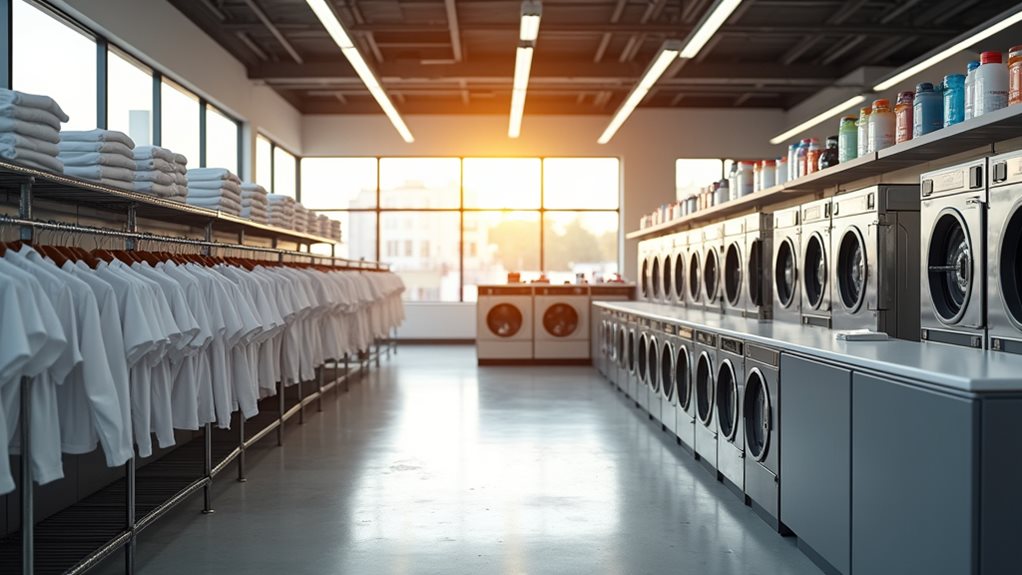
When my friend Sarah opened her first dry cleaning shop three years ago, she learned the hard way that having enough money to start isn’t the same as having enough money to succeed 😅. Her initial costs seemed manageable at $35,000, but she hadn’t planned for ongoing expenses that nearly sank her business within six months.
Smart budgeting strategies require thinking beyond startup requirements. You’ll need thorough planning that covers all potential expenses:
- Reserve 20-25% of funding for operating expenses during those vital first months when revenue trends remain unpredictable.
- Build an emergency fund covering 3-6 months of expenses ($15,000-$75,000) for unexpected equipment repairs or slow periods.
- Budget $12,000-$25,000 monthly for skilled staff payroll to maintain service quality.
Regular budget reviews guarantee your financial health adapts to reality, supporting long-term success.

